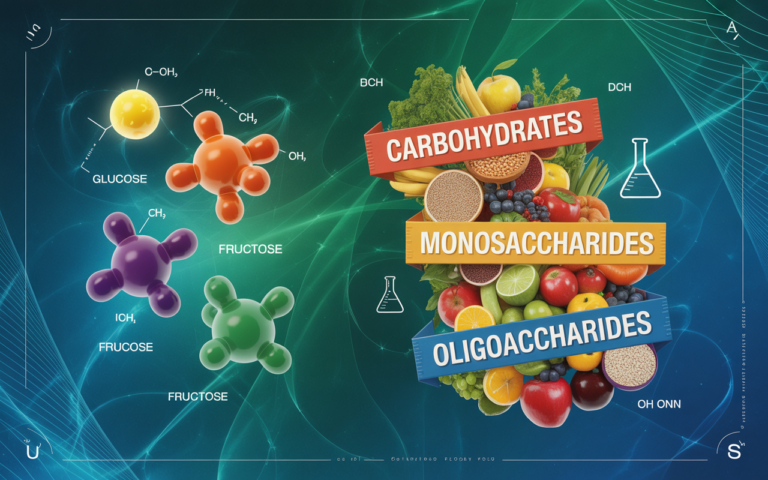Chemical Bonding
The attractive force which holds various constituents (atoms, ions, etc.) together and stabilises them by the overall loss of energy is known as chemical bonding. Valence electrons play a fundamental role in chemical bonding. In the electron configuration of an atom, the outermost shell is called the valence shell, and the electrons in the valence shell (outermost…


